Cross Sections Of A Sphere
Of all shapes, a sphere has the smallest surface area for its volume.
• A keen circle is the largest circumvolve that can be fatigued on a sphere. Such a circle will be found when the cross-sectional aeroplane passes through the middle of the sphere.
Volume of a Sphere: Annotation: The volume of a sphere is actually the volume of the solid inside a sphere, often referred to as a spherical solid. The book within of a sphere is iv-thirds times π, times the cube of its radius.
Justification of formula past "pour and mensurate" (sphere/cylinder):
Justification of formula by "Cavalieri'southward Principle": Now, nosotros know that the volume of a cone is 1-tertiary the volume of a cylinder (of same radius and summit).
The book of the new half-sphere will equal the volume of the new half-cylinder minus the book of a correct circular cone of radius r and pinnacle r. The cone is placed within the cylinder, as shown. The book of the space remaining in the half-cylinder equals the book of the one-half-sphere.
The weather condition of Cavalieri'due south Principle are met and the plane parallel to the bases intersects both regions in cross-sections of equal area. The regions nosotros examined accept equal volumes . The area of a sphere is four times the area of the largest cantankerous-sectional circle, called the great circle.
See applications of spheres under Modeling. NOTE: The re-posting of materials (in function or whole) from this site to the Net is copyright violation | ||||||||||||||||||||||||||||||||||||||||||||||||||||||
Cross Sections Of A Sphere,
Source: https://mathbitsnotebook.com/Geometry/3DShapes/3DSpheres.html
Posted by: leechtwout1972.blogspot.com

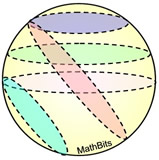
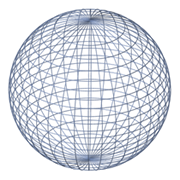
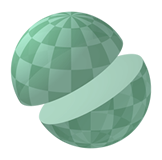


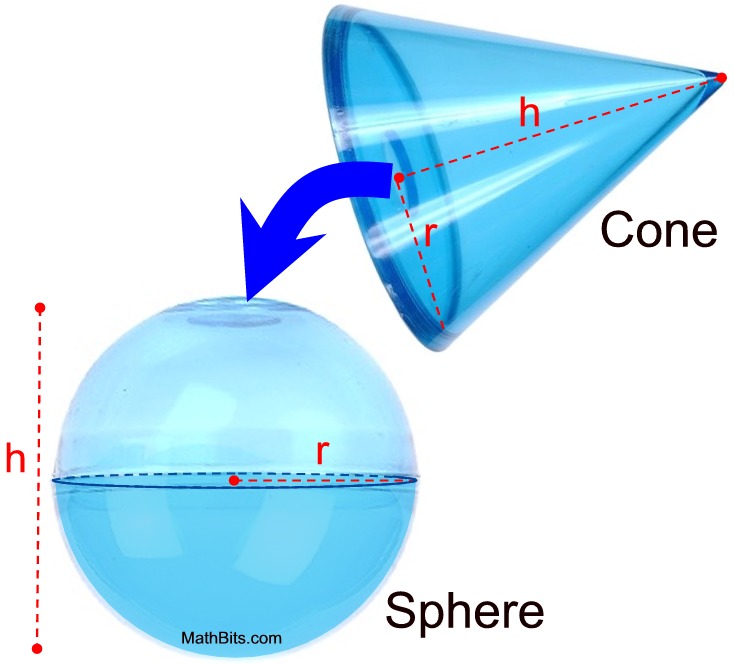
 .
.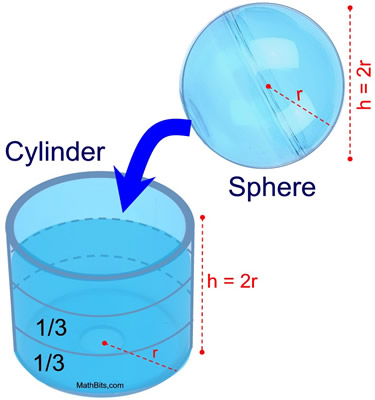
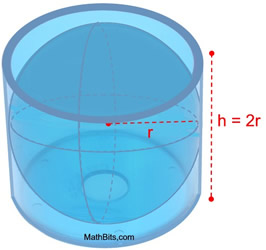
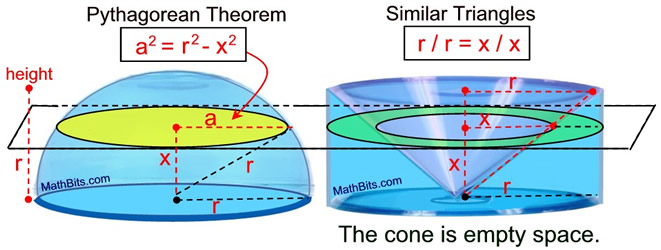




0 Response to "Cross Sections Of A Sphere"
Post a Comment